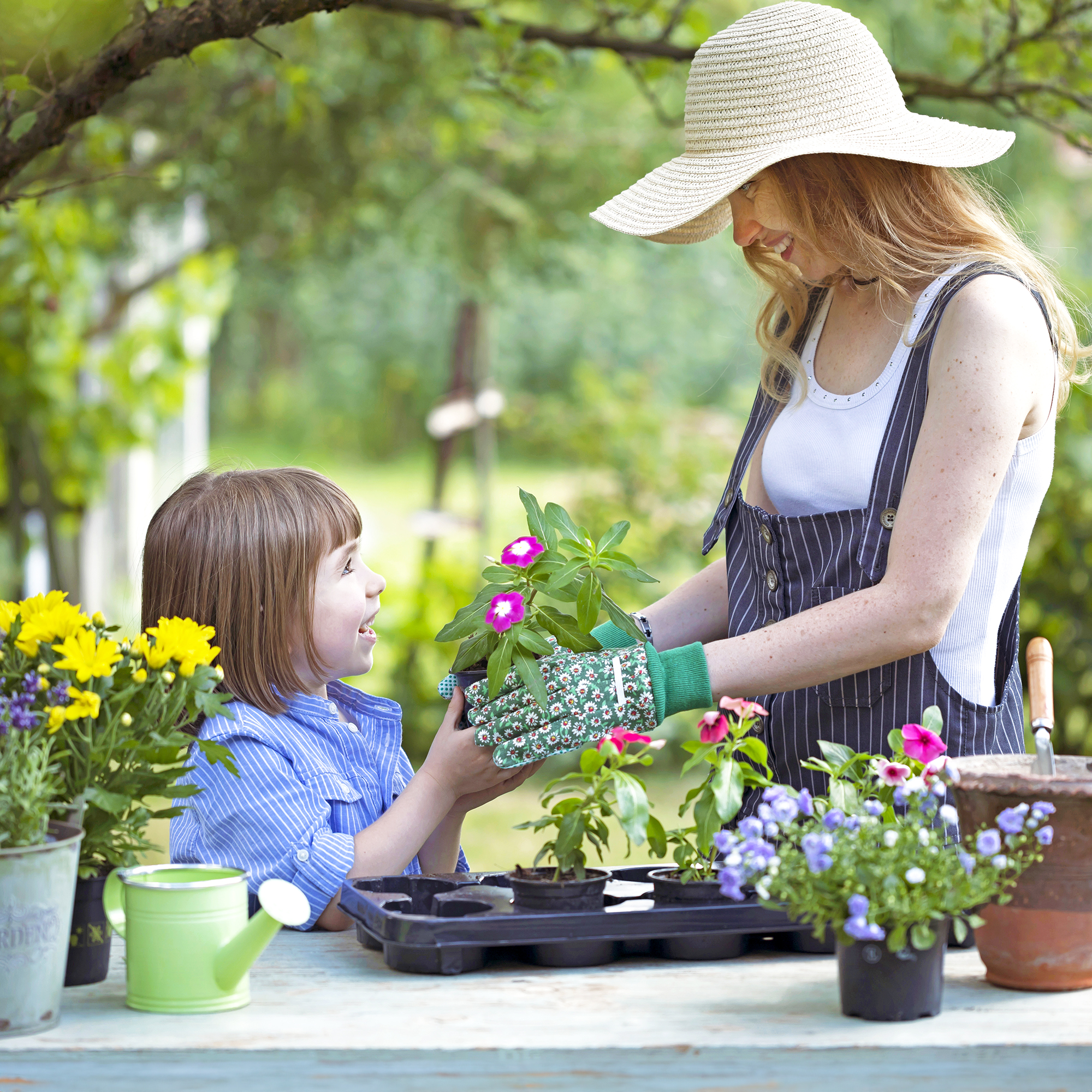Squash Rotting On End: Squash Blossom End Rot Causes And Treatment


While blossom end rot is commonly thought of as a problem that affects tomatoes, it also affects squash plants. Squash blossom end rot is frustrating, but it's preventable. Let's look at some blossom end rot treatment tips.
Causes for Squash End Rot
The causes for squash end rot are simple. Squash blossom end rot happens due to a calcium deficiency. Calcium helps a plant create a stable structure. If a plant gets too little calcium while the fruit is developing, there isn't enough to sufficiently build the cells on the fruit. In particular, the bottom of the fruit, which grows the fastest, doesn't get enough calcium. As the fruit gets larger, the cells begin to collapse, starting with the weakest cells at the bottom. At the location of the squash blossom, rot sets in and a black indentation appears. While the causes for squash end rot will not make the squash dangerous to eat, the lack of calcium frequently causes the fruit to mature too early and the squash will not taste very good.
Blossom End Rot Treatment
There are a few things you can try for blossom end rot treatment. Keep in mind that all of these treatments must be done before squash blossom end rot appears. Once the fruit is affected, you cannot correct it. Water evenly - If the plant goes through drastic changes in the amount of water it gets, it may not be able to take up the calcium it needs at the crucial time when the fruit is being formed. Water evenly, not too much or too little. Add the right kind of fertilizer - Add a low nitrogen fertilizer to the soil before you plant. Too much nitrogen will cause an imbalance of growth between the roots and the leaves. If the leaves grow too fast, the plant does not have enough roots to take up calcium the squash fruit will need. Add lime - The soil pH must be between 6.0 and 6.5 for optimal calcium uptake. Use lime to balance your soil's pH if it is too low. Add gypsum - Gypsum will help add calcium to the soil and will make that nutrient more readily available. Remove the fruit and fix the problem - If squash blossom end rot appears, remove the affected fruit and use a calcium-rich foliar spray on the plant. This will ensure that the next round of squash the plant grows will have sufficient calcium to grow correctly. The causes for squash end rot are very simple and blossom end rot treatment is easy enough when you know the source of the problem.
Love Gardening Know How? Our latest book, The Complete Guide to Vegetable Gardening, is available now!
Perfect for the gardener in your life, or for your own coffee table, this book boasts 224 pages of high-quality pictures, expert tips, and easy-to-follow advice to get your vegetable garden growing its best. Look for it at these sellers, and wherever quality books are sold.
Gardening tips, videos, info and more delivered right to your inbox!
Sign up for the Gardening Know How newsletter today and receive a free copy of our e-book "How to Grow Delicious Tomatoes".

Heather Rhoades founded Gardening Know How in 2007. She holds degrees from Cleveland State University and Northern Kentucky University. She is an avid gardener with a passion for community, and is a recipient of the Master Gardeners of Ohio Lifetime Achievement Award.
-
 12 Mother’s Day Garden Gifts That Celebrate Moms Who Love To Grow
12 Mother’s Day Garden Gifts That Celebrate Moms Who Love To GrowAll Moms deserve to feel special on Mother’s Day, so treat her to a thoughtful gardening gift that helps her get the most out of her hobby.
By Melanie Griffiths
-
 Never Plant Seedlings Until They Pass These 3 Simple Tests
Never Plant Seedlings Until They Pass These 3 Simple TestsDon't be over-eager to transplant seedlings into the garden before they are ready. These quick and easy checks will help ensure flourishing plants.
By Mary Ellen Ellis